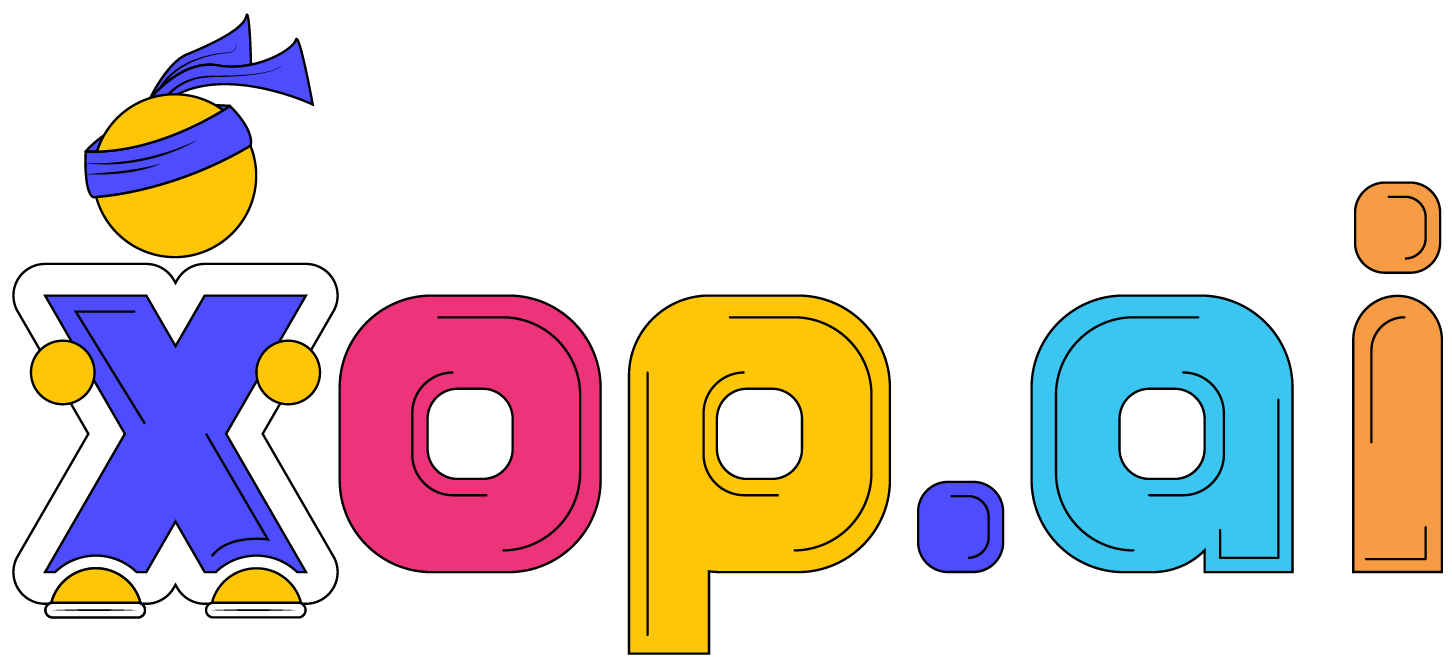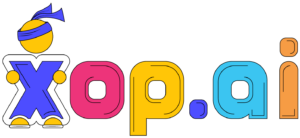Businesses are eager to leverage chatbots to automate tasks and enhance customer interactions. Two prominent solutions vying for attention are Copilot 365 Studio and xop.ai bot. While both utilize AI, their approaches to chatbot development diverge considerably. This article explores these contrasting paths, focusing on development, deployment, and management aspects.
Copilot 365 Studio: A Developer’s Playground!
Think of Microsoft’s Copilot 365 Studio as a powerful toolkit rather than a ready-made solution. It empowers organizations to craft highly customizable AI applications, including chatbots. However, this flexibility necessitates technical expertise. Developing chatbots in Copilot Studio demands a blend of technical and creative skills. Users need to grasp Microsoft’s Bot Framework, along with specific SDK versions, Power Automate, and Flow. Additionally, planning, design, and understanding conversation types are crucial.
Power Automate and Flow: The Backend Backbone
Knowledge of Power Automate and Flow is essential for managing Copilot Studio’s backend. Here’s why:
Extended Capabilities: You can leverage Power Automate’s low-code, drag-and-drop tools to construct cloud flows that augment your copilot’s functionalities. You can integrate existing flows from your Power Apps environment or create new ones directly within the Copilot Studio authoring canvas.
Flow Requirements: Flows used within Copilot Studio must adhere to specific criteria. For instance, a flow can only be invoked from a topic residing in the same Microsoft Dataverse environment as your copilot. Additionally, flows must be part of a solution in Power Automate, and any flow values returned to Copilot Studio must be synchronous.
Flow Creation and Modification: You can create new flows specifically for use with copilots, or modify existing ones. To be compatible with copilots, a Power Automate flow necessitates a special Microsoft Copilot Studio flow trigger and response action.
Enhanced Productivity: Power Automate simplifies flow creation and parameter handling, making it a user-friendly tool that boosts productivity.
Key Considerations for Copilot Studio:
Development Expertise: A team of developers well-versed in Microsoft technologies is essential. Building chatbots extends beyond creation; seamless integration with Microsoft’s ecosystem (Office 365, Teams) necessitates a high level of technical proficiency.
Lengthy Deployment Time: Copilot Studio’s platform nature translates to a longer development timeline. Businesses need to build their solution from scratch, encompassing planning, coding, testing, and deployment. This process can be significantly more time-consuming compared to pre-built solutions.
Ongoing Maintenance: Even after development, ongoing Microsoft engineering support might be required to maintain and update the underlying infrastructure. This can be a drawback for companies seeking a more hands-off approach post-deployment.
Limited Backend Handover: Copilot Studio’s complex backend integration makes it less suitable for non-technical teams to manage the chatbot independently. Updates or modifications might necessitate specialized IT personnel.
xop.ai Bot: The Ready-to-Deploy Option
In contrast, the xop.ai bot is a complete product, ready for deployment within weeks. This solution caters to businesses seeking a swift and efficient way to leverage AI chatbots without the development burden.
Rapid Setup: The pre-built framework of xop.ai bot allows for swift deployment and easy integration into various operational environments.
Knowledge Management Powerhouse: A standout feature of xop.ai is its comprehensive knowledge management (KM) backend. This system facilitates connections to diverse data sources (websites, SharePoint, documents, HR/IS systems), enhancing the bot’s capabilities and responsiveness.
Continuous Learning Through User Feedback:
xop.ai shines in its implementation of a user feedback loop. When a user interacts with the bot, they can provide feedback through a simple thumbs-up (positive) or thumbs-down (negative) system. This feedback serves a dual purpose:
- Positive Feedback (Thumbs Up): Strengthens the AI’s understanding of user intent and refines its response accuracy for similar queries in the future.
- Negative Feedback (Thumbs Down): Identifies potential shortcomings in the bot’s knowledge or response. The user can then offer an explanation for the negative feedback, such as an incorrect answer or missing information. This valuable data is captured in a backend ticketing system. Business analysts can then periodically review these tickets and use them to refine the bot’s responses, ensuring continuous improvement.
Choosing the Right Path
The ideal choice between Copilot 365 Studio and xop.ai hinges on your specific needs. If you have an in-house developer team comfortable with Microsoft’s ecosystem and prioritize customization, Copilot Studio offers a powerful platform for building bespoke chatbots. However, if you seek a faster implementation with a user-friendly interface and the ability to connect to various data sources, xop.ai bot might be a better fit. Questions? Book a meeting with Matt. http://calendly.com/mattruck


